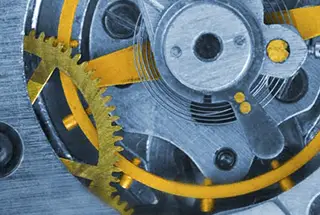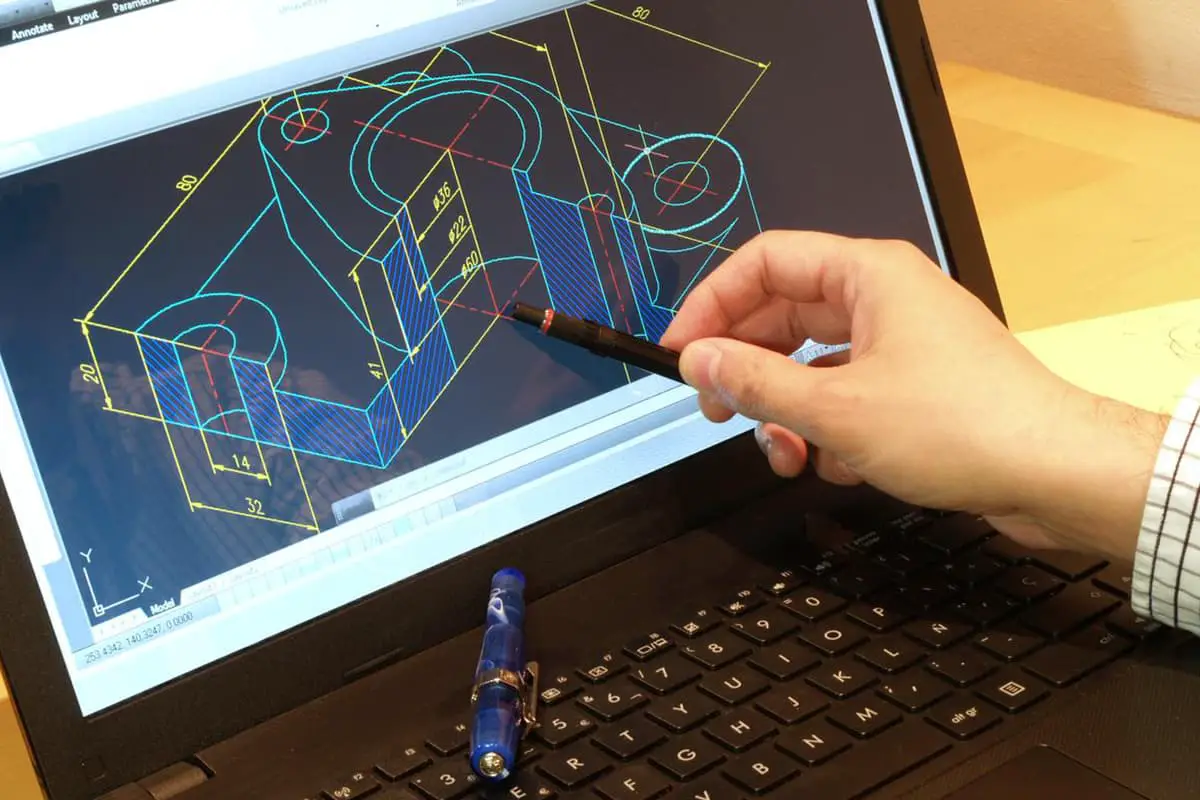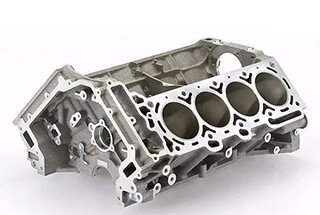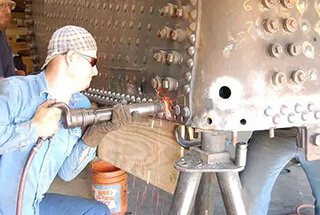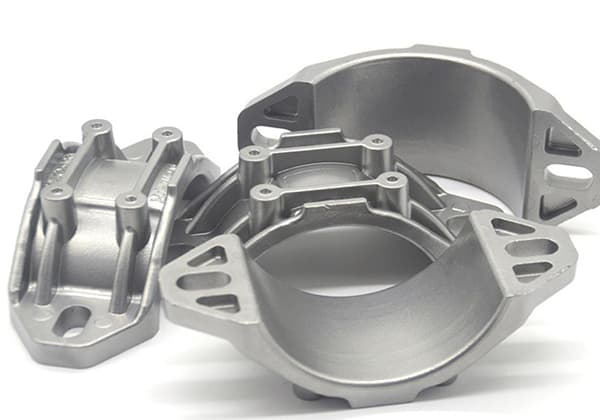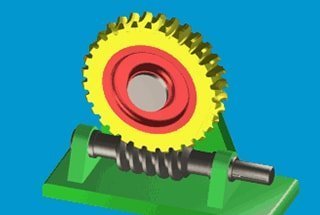
Have you ever wondered how the steel structures around us take shape? In this article, we’ll explore the various types of structural steel shapes and their unique applications. You’ll learn how different shapes contribute to the strength and stability of buildings and bridges. Get ready to uncover the secrets behind these essential components!
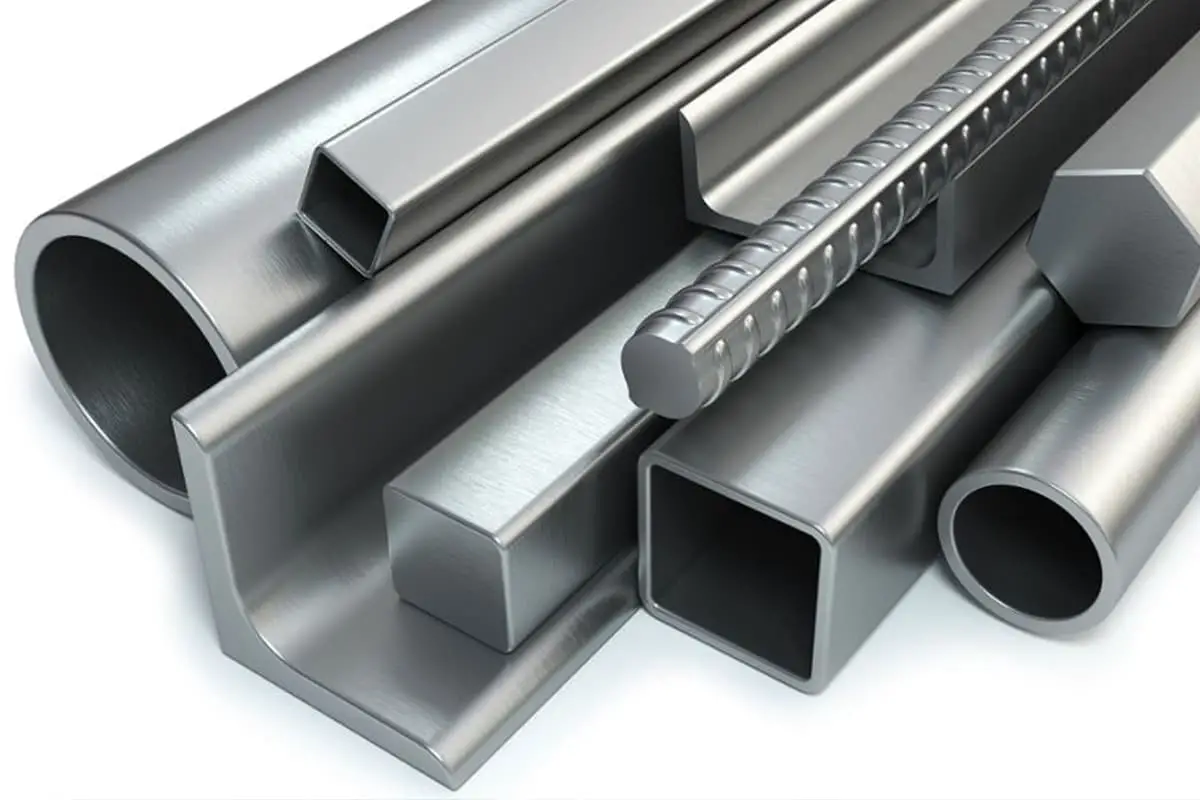
Steel can be classified into four main categories based on their shape: profiles, plates, pipes, and metal products.
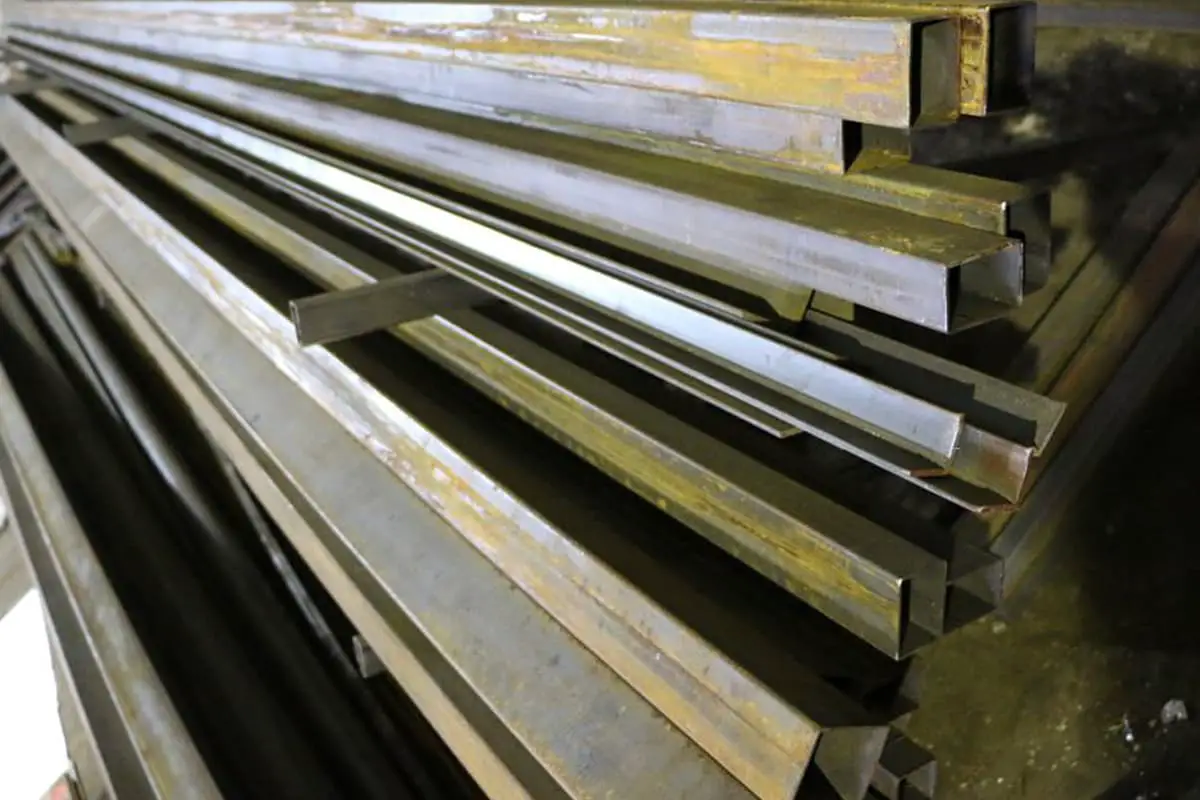
Wire rod:
General wire, high carbon wire, threaded steel
Section steel:
I-beam, channel steel, angle steel, square steel, heavy rail, high carbon I-beam, H-beam, round steel, unequal angle steel, flat steel, light rail, gear steel, hexagon steel, heat-resistant steel rods, joined round steel, joined I-beam, square tube, carbon tool steel, bearing steel, carbon structural round steel, stainless round steel, bearing round steel, rectangular tube, spring steel
Plate:
Medium thick plate, container plate, medium plate, carbon structural plate, boiler plate, low-alloy plate, checkered plate, cold plate, hot plate, cold rolled plate, hot rolled plate, galvanized plate, electro-galvanized plate, electro-galvanized coil, manganese plate, stainless steel plate, silicon steel sheet, color coated plate, color steel tile, corrugated iron, galvanized coil plate, hot-rolled strip steel
Pipe:
Welded pipe, stainless steel pipe, hot-dip galvanized pipe, cold galvanized pipe, seamless pipe, spiral pipe, hot-rolled seamless
To facilitate procurement, ordering, and management, currently, we categorize steel materials into sixteen major types.
| Category | Type | Description |
| Profiles | Heavy Rail | Steel rails (including crane rails) weighing more than 30 kilograms per meter. |
| Light Rail | Steel rails weighing 30 kilograms per meter or less. | |
| Large-Size Steel Sections | Ordinary steel includes round steel, square steel, flat steel, hexagonal steel, I-beam steel, channel steel, equal and unequal angle steel, and threaded steel. According to size, these can be categorized into large, medium, and small types. | |
| Medium Section Steel | ||
| Small Section Steel | ||
| Wire | Round steel and coil bars with diameters of 5-10 mm | |
| Cold-formed Steel | Steel formed by cold bending of steel or steel strips | |
| High Quality Profiles | High-quality round, square, flat, and hexagonal steel | |
| Other Steel Products | Including heavy rail accessories, axle blanks, wheel tires, etc. | |
| Sheet Metal | Thin Steel Sheet | A steel sheet with a thickness equal to or less than 4 millimeters. |
| Thick Steel Sheet | A steel sheet with a thickness greater than 4 millimeters. | |
| These can be further classified into medium sheets (thickness greater than 4mm and less than 20mm), thick sheets (thickness greater than 20mm and less than 60mm), and extra-thick sheets (thickness greater than 60mm). | ||
| Steel Strip | Also known as strip steel, it is essentially a thin, long, and narrow steel sheet supplied in rolls. | |
| Electrical Silicon Steel Sheet | Also referred to as silicon steel plate or silicon steel sheet. | |
| Pipes | Seamless steel pipes | Steel pipes without seams on the pipe walls, produced by hot rolling, hot rolling – cold drawing, or extrusion methods. |
| Welded steel pipes | Steel pipes formed by curling and then welding steel plates or steel strips. | |
| Metal products | Metal products | These include steel wires, wire ropes, steel strands, and more. |

(i) Square Steel – Hot-rolled Square Steel, Cold-drawn Square Steel;
(ii) Round Steel – Hot-rolled Round Steel, Forged Round Steel, Cold-drawn Round Steel;
(iii) Wire Rod;
(iv) Flat Steel;
(v) Spring Flat Steel;
(vi) Angle Steel – Equal Angle Steel, Unequal Angle Steel;
(vii) Triangular Steel;
(viii) Hexagonal Steel;
(ix) Bow-shaped Steel;
(x) Elliptical Steel.
① I-Beam Steel — Standard I-Beam Steel, Lightweight I-Beam Steel
② Channel Steel — Hot Rolled Channel Steel (Standard Channel Steel, Lightweight Channel Steel), Bent Channel Steel
③ H-Section Steel (also known as Broad Flange I-Beam Steel)
④ Steel Rail — Heavy Rails, Light Rails, Crane Rails, Other Specialized Rails
⑤ Window Frame Steel
⑥ Steel Sheet Pile
⑦ Bent Section Steel — Cold Bent Section Steel, Hot Bent Section Steel
⑧ Others
| Profiled Steel | Large-scale | Medium-scale | Small-scale |
| I-Beam Steel | Height ≥ 180mm | Height < 180mm | |
| Channel Steel | Height ≥180mm | Height <180mm | |
| Equal Angle Steel | Width ≥160mm | Width 50-140mm | Width 20-45mm |
| Unequal Angle Steel | Width ≥160×100mm | Width 140×90-50×32 mm | Width ≤45×28 mm |
| Round Steel | Diameter ≥ 90mm | Diameter 38-80mm | Diameter 10-36mm |
| Square Steel | Width ≥ 90mm | Width 50-75 mm | Width 10-25 mm |
| Flat Steel | Width ≥120mm | Width 60-100mm | Width 12-55mm |
| Threaded Steel | Diameter ≥40 mm | Diameter 10-36 mm | |
| Riveted Steel | Diameter 10-22 mm |
Other special steel types: track plates, steel sheet piles, etc. Special steel, composite flat steel for small farm tools, special steel, agricultural tool steel, window frame steel, etc.
1. Variety and Specifications
The grade of hot-rolled ribbed steel bars is composed of HRB and the minimum yield point of the grade. H, R, B are the initial letters of “Hot-rolled,” “Ribbed,” and “Bars” respectively.
Hot-rolled ribbed steel bars are divided into three grades: HRB335 (old grade 20MnSi), HRB400 (old grades 20MnSiV, 20MnSiNb, 20MnTi), and HRB500.
2. Vanadium-Enhanced Grade III Threaded Rebar
① The market for vanadium-enhanced grade III threaded rebar (20MnSiV, 400Mpa) is promising. During production, alloys such as vanadium, niobium, and titanium are added.
Compared to conventional grade II threaded rebar, this advanced rebar has superior strength, toughness, weldability, and seismic resistance.
It constitutes 80% of the total rebar used in developed countries like the UK, Germany, Australia, and Japan, with an 80-90% usage rate for high-strength, vanadium-enhanced grade III threaded rebar.
Following a joint promotion by China’s Ministry of Metallurgy and the Ministry of Construction in 1995, the specifications for new grade III threaded rebar were incorporated into the national standard GBJ10-89 “Concrete Structure Design Specifications”.
Implemented from January 1, 1997, this new grade III threaded rebar has been successfully applied in high-rise buildings, large power stations, bridges, tunnels, airports, and other engineering projects, showing a promising market outlook.
The Ministry of Construction stipulated that by 2002, the usage of new grade III rebar should reach 50% of the total rebar, and 80% by the end of the Tenth Five-Year Plan.
However, due to insufficient promotion, its utilization is still significantly lower than the conventional grade II 335Mpa rebar. Therefore, further publicity and promotion for new grade III threaded rebar is needed.
② Advantages of Vanadium Grade III Threaded Rebar:
A. Economical: Due to its high strength, using the new Grade III threaded rebar can save 10-15% more steel than Grade II threaded rebar, thus reducing the construction cost of building projects.
B. High Strength and Good Toughness: By adopting micro-alloying treatment, the yield point is above 400Mpa, and the tensile strength is above 570Mpa, each 20% higher than Grade II threaded rebar.
C. Seismic Resistance: Vanadium rebar exhibits superior bending resistivity and aging properties, as well as high low-cycle fatigue performance. Its seismic performance is noticeably superior to Grade II threaded rebar.
D. Easy Welding: Due to its carbon content being ≤0.54%, it has good welding performance and is adaptable to various welding methods, making the process simple and convenient.
E. Convenient Construction: The use of new Grade III threaded rebar increases the construction gap, providing assurance for convenient construction and quality of work.
1. Representation of hot-rolled H-section steel.
H-section steel is divided into three types: wide flange H-section steel (HK), narrow flange H-section steel (HZ), and H-section steel piles (HU).
They are represented as: Height H×Width B×Web thickness t1×Flange thickness t2.
For instance, the wide flange H-section steel Q235 or SS400 200×200×8×12 indicates a piece with a height of 200mm, width of 200mm, web thickness of 8mm, and flange thickness of 12mm, and the steel grade is Q235 or SS400.
2. Advantages of hot-rolled H-section steel.
H-section steel is a new type of economical construction steel. It has an economically rational cross-sectional shape, excellent mechanical properties, uniform extension at all points of the section during rolling, and minimal internal stress.
Compared to conventional I-beams, it has the advantage of a larger section modulus, lighter weight, and metal-saving properties, which can lighten the construction structure by 30-40%.
Furthermore, as its legs are parallel on the inside and outside, and the leg ends are right-angled, it can be assembled into components, saving up to 25% of the welding and riveting workload.
It is commonly used in large buildings requiring high section capacity and good section stability (like factories, high-rise buildings, etc.), as well as in bridges, ships, lifting and transportation machinery, equipment foundations, brackets, foundation piles, and more.
Cold-formed steel is an economical, lightweight, thin-walled sectional material, also referred to as steel cold-formed profiles or cold-formed sections.
It is fabricated from hot-rolled or cold-rolled strip steel, which is bent into various sectional shapes and sizes.
Cold-formed steel has the following characteristics:
1. Economical and rational cross-section, saving materials
The shape of the cold-formed steel section can be designed as needed, the structure is reasonable, and the sectional coefficient per unit weight is higher than that of hot-rolled steel.
Under the same load, the weight of the component can be reduced, saving materials.
When used in building structures, cold-formed steel can save 38-50% of metal compared to hot-rolled steel, and for agricultural machinery and vehicles, it can save 15-60% of metal. It facilitates construction and reduces overall costs.
2. There is a wide variety of types, and cold-formed steel can be produced that have uniform wall thickness, complex sectional shapes that are difficult to produce with general hot-rolling methods, and various materials.
3. The product surface is smooth, the appearance is good, the size is accurate, and the length can also be flexibly adjusted as needed.
It is all supplied at fixed scales or multiple scales, improving the utilization of materials.
4. In production, it can also be combined with operations such as punching to meet different needs. Cold-formed steel comes in a wide variety, including open, semi-closed, and closed cross-sectional shapes.
The main products include cold-formed channel steel, angle steel, Z-shaped steel, cold-formed corrugated steel sheets, square tubes, rectangular tubes, electrically welded special-shaped steel pipes, and roller shutters.
The cold-formed steel typically produced has a thickness of less than 6mm and a width of less than 500mm. These products are widely used in industries such as mining, construction, agricultural machinery, transportation, bridges, petrochemicals, light industry, and electronics.
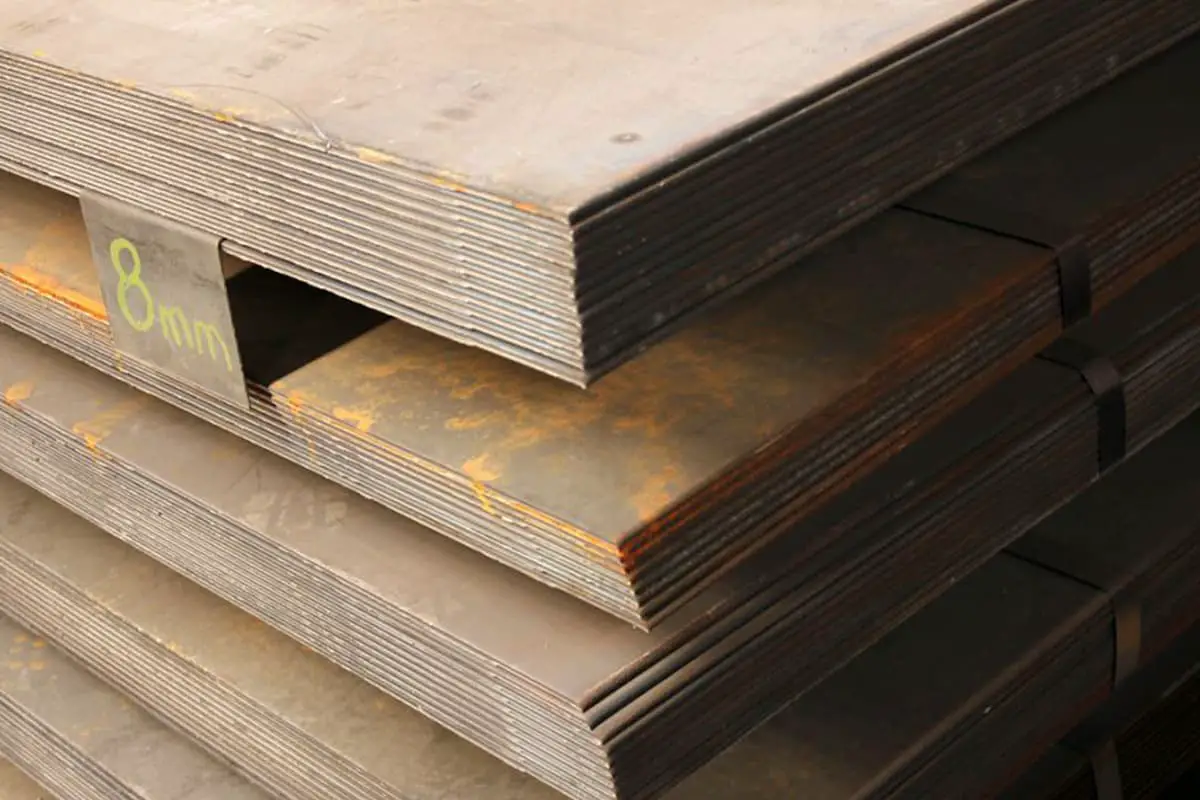
1. By Thickness:
(1) Thin Plate
(2) Medium Plate
(3) Thick Plate
(4) Extra-Thick Plate
2. By Production Method:
(1) Hot Rolled Steel Plate
(2) Cold Rolled Steel Plate
3. By Surface Features:
(1) Galvanized Plate (Hot-Dip Galvanized, Electro-Galvanized)
(2) Tin Plated Plate
(3) Clad Steel Plate
(4) Color Coated Steel Plate
4. By Purpose:
(1) Bridge Steel Plate
(2) Boiler Steel Plate
(3) Shipbuilding Steel Plate
(4) Armor Steel Plate
(5) Automotive Steel Plate
(6) Roofing Steel Plate
(7) Structural Steel Plate
(8) Electrical Steel Plate (Silicon Steel Sheet)
(9) Spring Steel Plate (10) Others
1. The designations for Japanese steel (JIS series) primarily consist of three parts:
For instance, SS400 — the first ‘S’ stands for Steel, the second ‘S’ signifies ‘Structure,’ and 400 is the lower limit tensile strength of 400MPa, collectively representing a common structural steel with a tensile strength of 400MPa.
2. SPHC — the initial ‘S’ stands for Steel, ‘P’ for Plate, ‘H’ for Heat, and ‘C’ for Commercial, collectively indicating general hot-rolled steel plates and strips.
3. SPHD denotes hot-rolled steel plate and steel strip for stamping.
4. SPHE designates hot-rolled steel plate and steel strip for deep drawing.
5. SPCC refers to general-purpose cold-rolled carbon steel sheet and strip, equivalent to China’s Q195-215A grade.
The third letter C is an abbreviation for Cold. If tensile strength must be guaranteed during testing, the grade is appended with a T, becoming SPCCT.
6. SPCD signifies cold-rolled carbon steel sheet and strip for stamping, equivalent to China’s 08Al (13237) high-quality carbon structural steel.
7. SPCE represents cold-rolled carbon steel sheet and strip for deep drawing, equivalent to China’s 08Al (5213) deep drawing steel. If non-aging is to be guaranteed, the grade is appended with an N, becoming SPCEN.
Hardness codes for cold-rolled carbon steel sheet and strip: Annealed condition is A, standard tempering is S, 1/8 hard is 8, 1/4 hard is 4, 1/2 hard is 2, and hard is 1.
Surface finishing codes: Dull finish rolling is D, bright finish rolling is B. For instance, SPCC-SD represents cold-rolled carbon steel sheet with standard tempering and dull finish rolling.
Similarly, SPCCT-SB denotes cold-rolled carbon steel sheet with standard tempering, bright finish, and guaranteed mechanical properties.
8. The JIS (Japanese Industrial Standards) representation for mechanical structural steel grades is: S + Carbon content + Alphabetical code (C, CK), wherein the carbon content is expressed as the median value × 100.
The letter ‘C’ denotes Carbon and ‘K’ denotes carburizing steel. For instance, the carbon-coiled plate S20C has a carbon content of 0.18-0.23%.
1. Chinese grade representation method:
(1) Cold-rolled non-oriented silicon steel strip (sheet):
The representation is: DW + Iron loss value (Iron loss value at a frequency of 50HZ, with a sinusoidal magnetic peak value of 1.5T per unit weight) multiplied by 100 + Thickness value multiplied by 100.
For example, DW470-50 represents cold-rolled non-oriented silicon steel with an iron loss value of 4.7w/kg and a thickness of 0.5mm. The new model is now represented as 50W470.
(2) Cold-rolled grain-oriented silicon steel strip (sheet):
The representation is: DQ + Iron loss value (Iron loss value at a frequency of 50HZ, with a sinusoidal magnetic peak value of 1.7T per unit weight) multiplied by 100 + Thickness value multiplied by 100. Sometimes, ‘G’ is added after the iron loss value to indicate high magnetic induction.
For example, DQ133-30 represents cold-rolled grain-oriented silicon steel strip (sheet) with an iron loss value of 1.33 and a thickness of 0.3mm. The new model is now represented as 30Q133.
(3) Hot-Rolled Silicon Steel Sheet
Hot-rolled silicon steel sheets are denoted as DR, divided into low silicon steel (silicon content ≤2.8%) and high silicon steel (silicon content >2.8%) based on the silicon content.
The representation is as follows: DR+100 times the iron loss value (the iron loss value per unit weight at the maximum magnetic induction strength of 1.5T with 50HZ repeated magnetization and sinusoidal change) + 100 times the thickness value.
For example, DR510-50 represents a hot-rolled silicon steel sheet with an iron loss value of 5.1 and a thickness of 0.5mm.
For hot-rolled silicon steel sheets used in household appliances, the grade is represented by JDR+ iron loss value + thickness value, such as JDR540-50.
2. Representation method for Japanese grades:
(1) Cold-Rolled Non-oriented Silicon Steel Strip
This is represented by the nominal thickness (value multiplied by 100) + code A + iron loss guarantee value (the iron loss value at a frequency of 50HZ, with a maximum magnetic flux density of 1.5T, multiplied by 100).
For instance, 50A470 represents a cold-rolled non-oriented silicon steel strip with a thickness of 0.5mm and an iron loss guarantee value of ≤4.7.
(2) Cold-Rolled Grain-Oriented Silicon Steel Strip
Composed of nominal thickness (value magnified by 100) + code G: indicating standard material, P: indicating high grain-oriented material + iron loss guarantee value (the iron loss value at a frequency of 50HZ and a maximum magnetic flux density of 1.7T, multiplied by 100).
For instance, 30G130 denotes a silicon steel strip with a thickness of 0.3mm and an iron loss guarantee value of ≤1.3.
1. Electrolytic Tinplate
Electrolytic tinplate and steel strip, also known as tinplate, are steel plates (strips) tin-plated on the surface, offering excellent corrosion resistance, non-toxicity, and are suitable for packaging canned goods, as inner and outer cable sheathing, telecommunications parts, torches, and other small hardware.
| Classification Method | Category | Symbol |
| By the amount of tin plating | Uniform Tin Plating | E1, E2, E3, E4 |
| Differential Tin Plating | D1, D2, D3, D4, D5, D6, D7 | |
| By hardness grade. | T50, T52, T57, T61, T65, T70 | |
| Based on surface conditions | Smooth surface | G |
| Stone Pattern Surface | S | |
| Flax surface | M | |
| By means of passivation | Low-Chromium Passivation | L |
| Chemical Passivation | H | |
| Cathodic Electrochemical Passivation | Y | |
| By the amount of oil applied | Lightly oil | Q |
| Reapply oil | Z | |
| By surface quality | Group one | Ⅰ |
| Group Two | Ⅱ |
The stipulations for uniform tin plating thickness and differential tin plating thickness are as follows:
| Symbol | Nominal Tin Coating Weight g/m2 | Minimum Average Tin Coating Weight g/m2 |
| E1 | 5.6(2.8/2.8) | 4.9 |
| E2 | 11.2(5.6/5.6) | 10.5 |
| E3 | 16.8(8.4/8.4) | 15.7 |
| E4 | 22.4(11.2/11.2) | 20.2 |
| D1 | 5.6/2.8 | 5.05/2.25 |
| D2 | 8.4/2.8 | 7.85/2.25 |
| D3 | 8.4/5.6 | 7.85/5.05 |
| D4 | 11.2/2.8 | 10.1/2.25 |
| D5 | 11.2/5.6 | 10.1/5.05 |
| D6 | 11.2/8.4 | 10.1/7.85 |
| D7 | 15.1/5.6 | 13.4/5.05 |
2. Hot-dip Galvanized Sheet
A continuous hot-dip process is utilized to galvanize the surfaces of thin steel sheets and steel strips, effectively preventing corrosion and rust.
Galvanized steel sheets and strips are extensively used across various industries, including mechanical engineering, light industry, construction, transportation, chemical industry, and telecommunications.
1. Boiling steel plate is a type of steel plate that is hot-rolled from ordinary carbon structural steel.
Boiling steel is a type of incompletely deoxidized steel, deoxidized with only a certain amount of weak deoxidizer, resulting in a high oxygen content in the molten steel.
When the molten steel is poured into the ingot mold, the carbon-oxygen reaction produces a large amount of gas, causing the molten steel to boil, hence the name “boiling steel”.
Boiling steel has a low carbon content and, because it is not deoxidized with ferrosilicon, it also has a low silicon content (Si<0.07%).
The outer layer of boiling steel is crystallized under the conditions of intense agitation caused by boiling, hence it has a pure, dense surface, high-quality exterior, excellent plasticity, and stamping performance.
It has no large centralized shrinkage cavities, few cut ends, a high material yield, and a simple production process. It consumes less ferroalloy and costs less.
Boiling steel plate is extensively used in the manufacture of various stamping parts, building and engineering structures, and some less important mechanical structural components.
However, boiling steel has more impurities in the core, severe segregation, non-dense structure, and uneven mechanical properties.
Due to the high gas content in the steel, its toughness is low, it has increased cold brittleness and age sensitivity, and poorer weldability.
Therefore, boiling steel plate is not suitable for manufacturing structures that bear impact loads, operate under low-temperature conditions, welded structures, and other important structures.
2. Calm steel plate is a steel plate made by hot rolling calm carbon structural steel.
Calm steel is fully deoxidized steel, where the steel liquid is fully deoxidized with ferromanganese, ferrosilicon, and aluminum before casting, hence its low oxygen content (generally 0.002-0.003%).
The steel liquid is calm in the steel ingot mold and doesn’t undergo a boiling phenomenon, hence the name calm steel. Under normal operating conditions, there are no bubbles in calm steel and its structure is uniformly dense.
Because of the low oxygen content, the steel has fewer oxide inclusions and higher purity, resulting in less cold brittleness and aging tendencies.
At the same time, calm steel has minimal segregation, more uniform properties, and higher quality. The disadvantage of calm steel is that it has concentrated shrinkage holes, a lower yield rate, and a higher price.
Therefore, calm steel is mainly used for components that bear impact at low temperatures, welded structures, and other components requiring higher strength. All low-alloy steel plates are calm steel and semi-calm steel plates.
Because of their high strength and superior performance, they can save a lot of steel, reduce structural weight, and their use has become increasingly widespread.
High-quality carbon structural steel is a type of carbon steel with less than 0.8% carbon content.
This steel contains less sulfur, phosphorus, and non-metallic inclusions compared to regular carbon structural steel, resulting in superior mechanical properties.
High-quality carbon structural steel can be divided into three categories based on the carbon content: low carbon steel (C≤0.25%), medium carbon steel (C is 0.25-0.6%), and high carbon steel (C>0.6%).
Based on the manganese content, high-quality carbon structural steel is divided into two groups: normal manganese content (0.25%-0.8% manganese) and high manganese content (0.70%-1.20% manganese).
The latter exhibits better mechanical and processing properties.
1. Hot-rolled thin steel plate and steel strip of high-quality carbon structural steel
The hot-rolled thin steel plate and steel strip of high-quality carbon structural steel are used in the automotive, aviation industries, and other sectors.
The steel grades are boiling steel: 08F, 10F, 15F; calm steel: 08, 08AL, 10, 15, 20, 25, 30, 35, 40, 45, 50. Those with 25 and below are low carbon steel plates, and 30 and above are medium carbon steel plates.
2. High-Quality Carbon Structural Steel Hot-Rolled Thick Plates and Wide Strips
High-quality carbon structural steel hot-rolled thick plates and wide strips are utilized in various mechanical components.
The steel grades include low carbon steels such as 05F, 08F, 08, 10F, 10, 15F, 15, 20F, 20, 25, 20Mn, 25Mn, and more; medium carbon steels including 30, 35, 40, 45, 50, 55, 60, 30Mn, 40Mn, 50Mn, 60Mn, and more; high carbon steels encompassing 65, 70, 65Mn, and more.
1. Steel plate for pressure vessels: End the grade with a capital “R”. The grade can be represented by the yield point or by the carbon content or alloy elements.
Examples include: Q345R, where Q345 is the yield point. Others like 20R, 16MnR, 15MnVR, 15MnVNR, 8MnMoNbR, MnNiMoNbR, 15CrMoR, etc. are represented by carbon content or alloy elements.
2. Steel plate for welding gas cylinders: End the grade with a capital “HP. The grade can be represented by the yield point, such as: Q295HP, Q345HP; or it can be represented by alloy elements, such as: 16MnREHP.
3. Boiler steel plate: End the grade with a lowercase “g”. The grade can be represented by the yield point, for example: Q390g; or it can be represented by carbon content or alloy elements, such as 20g, 22Mng, 15CrMog, 16Mng, 19Mng, 13MnNiCrMoNbg, 12Cr1MoVg, etc.
4. Steel plate for bridges: End the grade with a lowercase “q”. Examples include: Q420q, 16Mnq, 14MnNbq, etc.
5. Steel plate for automobile beams: End the grade with a capital “L”. Examples include: 09MnREL, 06TiL, 08TiL, 10TiL, 09SiVL, 16MnL, 16MnREL, etc.
Color coated steel plates and steel strips are products that use metal strip as the base and are coated on their surface with various organic coatings.
They are used in fields such as construction, home appliances, steel furniture, and transportation equipment.
Shipbuilding steel generally refers to structural steel for ship hulls, which is produced in accordance with ship classification society construction specifications for manufacturing ship hull structures.
It is often ordered, scheduled, and sold as special steel, including ship plates, profiles, etc.
Currently, several major steel companies in our country produce it, and they can manufacture shipbuilding steel materials according to the specifications of different countries as per customer needs, such as the United States, Norway, Japan, Germany, France, etc.
Their specifications are as follows:
| Nationality | Standard |
| China | CCS |
| Germany | GL |
| United Kingdom | LR |
| Norway | DNV |
| United States | ABS |
| France | BV |
| Japan | KDK |
(I) Types and Specifications
The structural steel used in ship hulls is classified into strength levels based on its minimum yield point: general strength structural steel and high-strength structural steel.
According to the norms of the China Classification Society, the general strength structural steel is divided into: A, B, D, E four quality grades; the high-strength structural steel as per the China Classification Society norms is divided into three strength levels and four quality grades.
(II) Considerations for the delivery and acceptance of shipbuilding steel:
1. Review of quality certification:
The steel factory must deliver according to the specifications agreed upon in the contract as per the customer’s requirements and provide the original quality certification.
The certificate must include the following content:
(1) Specification requirements;
(2) Quality record number and certification number;
(3) Batch number, technical grade;
(4) Chemical composition and mechanical properties;
(5) Approval from the Classification Society and signature of the surveyor.
2. Physical Inspection:
For the delivery of marine steel, there should be manufacturing marks on the physical object. These specific marks include:
(1) Classification society approval mark;
(2) Technical parameters are marked out with paint or stickers, including furnace batch numbers, standard grades, dimensions, etc.;
(3) The appearance should be smooth and clean, without defects.

